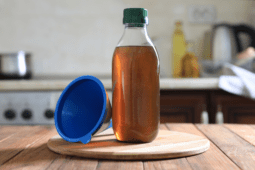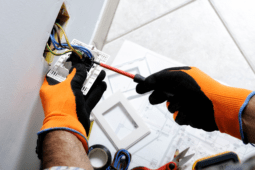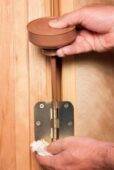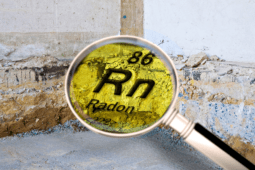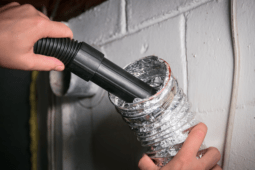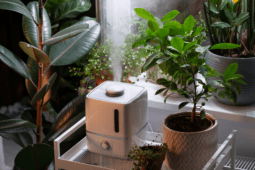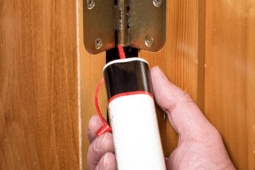What You Need To Know To Winterize Your Home
As the days start to shorten and the temperatures drop, you aren’t the only one headed for a long winter. Your house is also in for a long battle against the freezing cold weather that’s approaching. To help out your home, you need to properly winterize it. Winterizing your home can save you a bankload of money in the long run and isn’t really that hard to do.
To save you time, effort, and money, we’ve put together a quick guide on how to winterize your home before you run off to the mountain to ski or cozy up against the fire. In just a couple of days, you can have your entire home ready to take on the winter. Prepare yourself ahead of time and follow these steps to make sure you don’t find yourself frozen in place during the winter.
How to Winterize a Home
To properly winterize your home, you’re going to need to start outside and then move in. It’s important to get the outdoor activities done first because if the weather comes faster than expected, you won’t want to be out there trimming branches.
Clean Up the Yard
When winter hits, you can expect a lot of snow and ice to come with it. All of the winter weather can weaken trees and branches, often leading to a crash landing that can be catastrophic. Ice that finds its way to weak tree branches will take them down right on top of your home or car. Trimming branches out of the way can easily prevent any damage from happening in the middle of the winter.

Check Your Gutters
Snow that melts once it’s on your roof can then form an ice dam inside of your gutters. The more leaves you leave in your gutters over the winter, the higher chance you’ll end up with blocked gutters. An easy fix to this issue is installing guard gutters early on in the season, way before winter comes.
Stop the Leaks
Carefully go around your house and check the seams of door frames and windows. Caulk any holes that you may find and add weatherstripping to doors, windows, and any other potential areas for the cold to leak in. Once inside, you can add a plastic film on top of your windows to seal out the cold even more.
Protect the Pipes
Now that you’re inside, one of the first things you want to do is protect your pipes. The most infamous and annoying issue that the winter can bring is a frozen and busted pipe. It can happen quickly when the right precautions aren’t taken and creates a physical and financial mess.
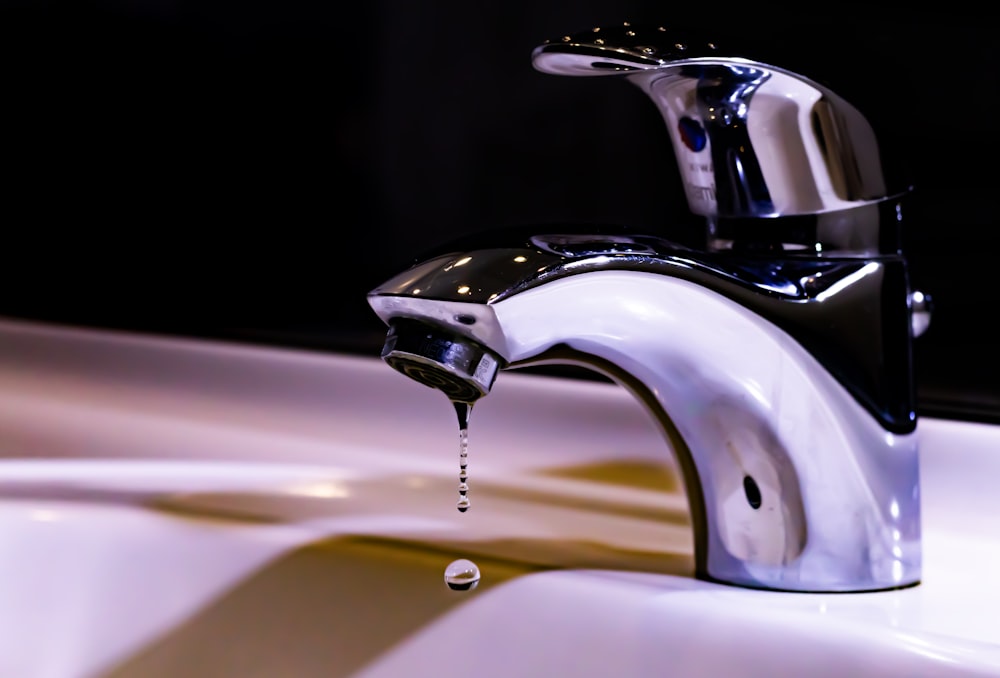
To protect your pipes, you can add extra insulation to them. There are pipe sleeves that look like pipe jackets, and you can use heat tape to wrap the water lines with extra insulation. Pay close attention to the pipes that you find in your attic and crawl spaces, where heat isn’t often directed.
When it gets extra cold, leave your faucet at a very slight drip. This keeps the water moving around in the pipes, and moving water is much less likely to freeze than stagnant water. You also want to keep the cupboard doors to different pipes open to let hot air from the house get in more easily. Check out our complete guide on how to keep your pipes from freezing to learn more.
Install an Emergency Release
An emergency release is a great solution for when your pipes still find a way to freeze up. Water expands into ice, increasing pressure on your pipe system. That pressure needs to go somewhere, and that often ends up being outwards. This is how you get burst pipes.
An emergency release can be pulled and will relieve your pipes of the pressure buildup. It’s a good way to prevent pipes from bursting when the pressure is there.
Get Your Furnace Checked
We’ve all scheduled someone to come look at our heating system. We’ve all waited days on end for their availability as well. Getting your furnace or other heating checked up before the cold weather can save you days of heating the house with small space heaters. They can catch any problems before they become even larger ones.
Program Your Thermostat
A programmable thermostat lets you control the temperature throughout the day. This can save you a huge amount of money on the power or gas bill. Lower the temperature at night, and you won’t even notice. Adding a blanket to your bed will make the furnace work much less at night and mean it’s less likely to break.
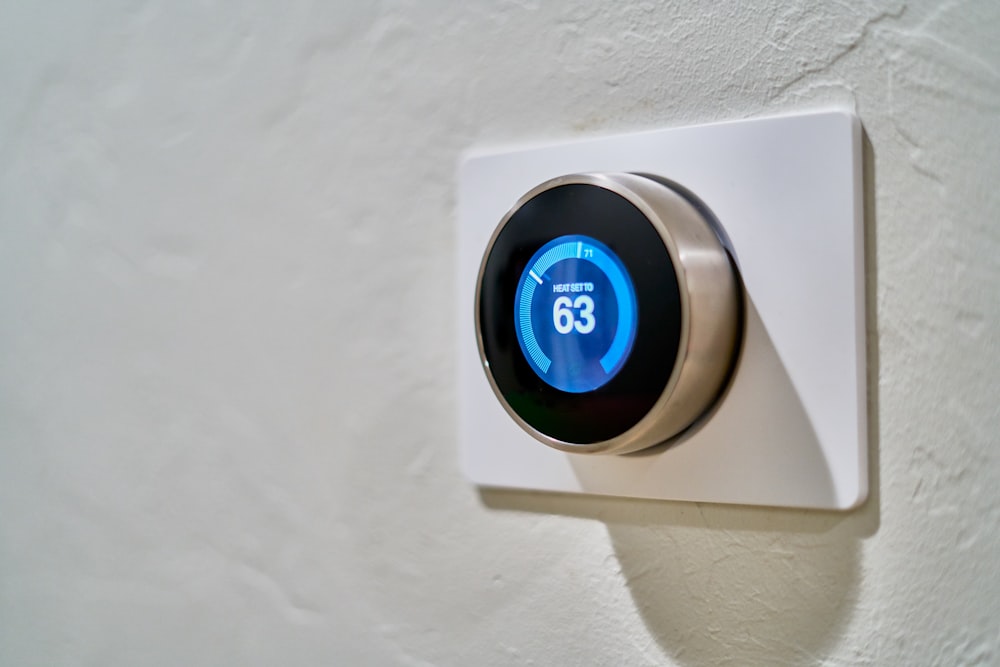
Check Your Detectors
Residential house fires are much more common in the winter than in the summer. No matter the season, you want to be prepared and do your routine checks on your smoke and carbon monoxide detectors.
If You’re Leaving For the Winter…
If you are winterizing a house that you won’t be back to until next summer, there are a couple more things that you need to take care of.
First, you may want to look into draining your pipes entirely. If there is water left, you can come back next summer to a real mess from a frozen pipe. You also want to let your neighbors know that you’re going, just in case they’re around. That, along with stopping your mail, may help give off fewer signs that you are away, leaving the house alone.
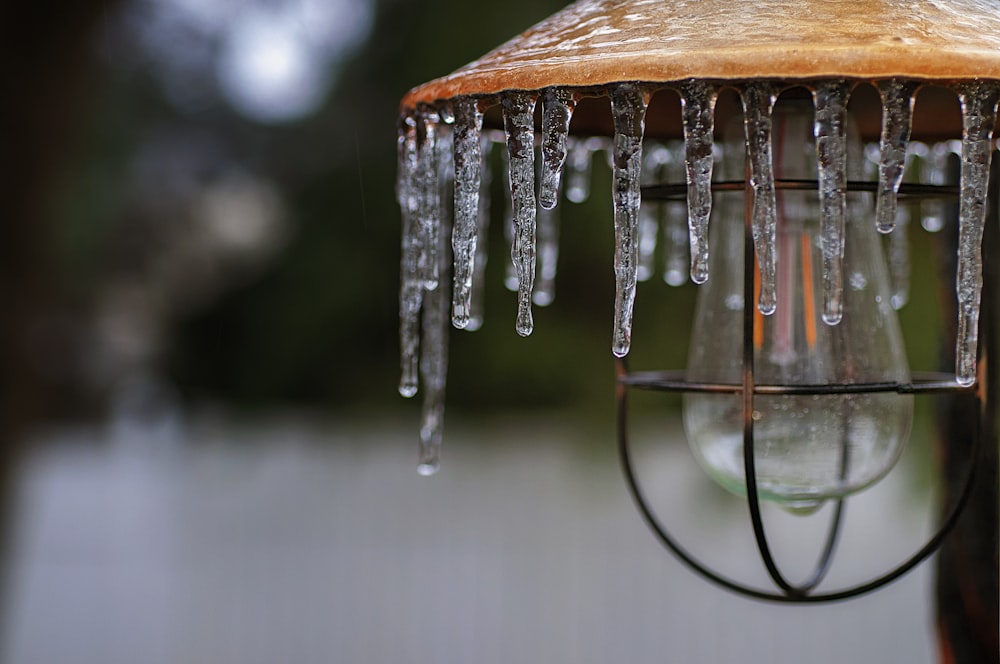
Shut the water and the gas off at their main sources, don’t forget to clean out the fridge, and take any plants that you want to live to see next year along with you. Get out and to a warmer, sunnier space, but only once you’re finished winterizing.

